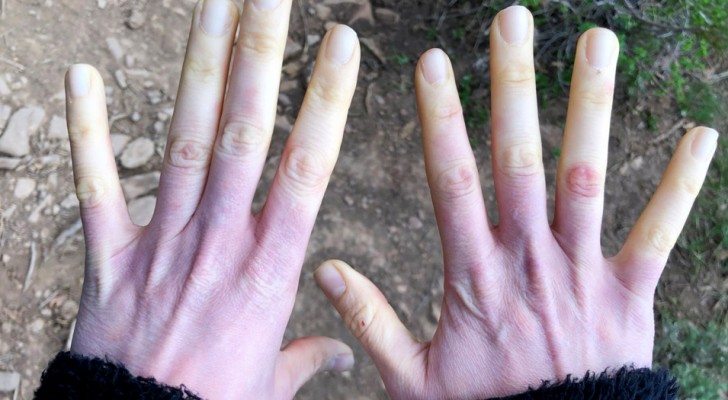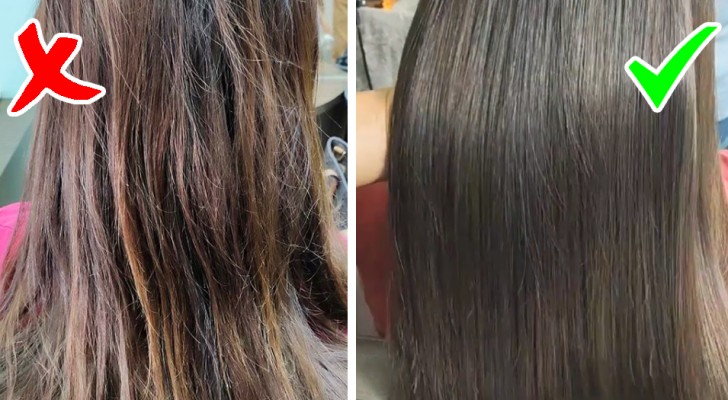What the "half-moons" on our nails are and what they reveal about our state of health
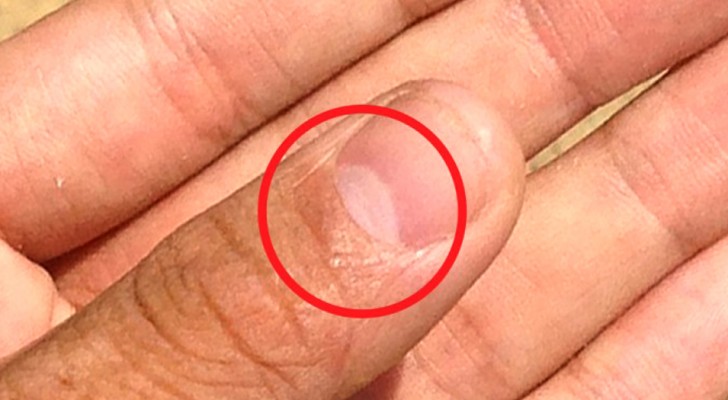
Our body is a complex mechanism, made up of many elements that interact with each other, all with a specific function.
Knowing these elements as best as possible is essential to staying healthy. And we can do this by understanding small details or signals that provide us with important information.
For example, we do not always give our fingernails the attention they deserve. They are, however, a part of our body that can act as indicators of our state of health.
In particular, at the base of the nail, there is what is called the "lunula", a small area that is more rigid, with a light color, and variable dimensions. Have you ever thought about its function?
via Healthline
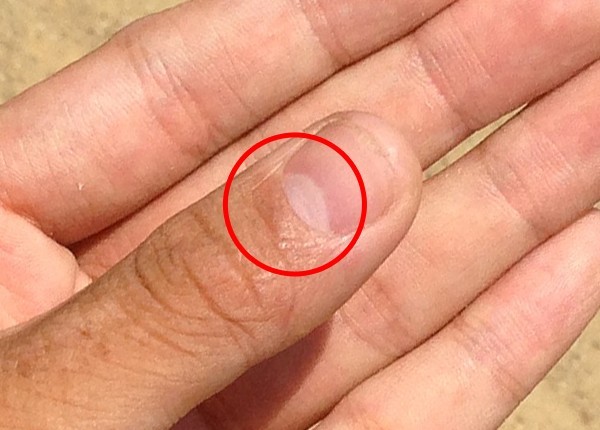
The lunula is part of the nail matrix, i.e., the area in which there are more nerves, lymph, and blood vessels.
A lunula can have variable dimensions up to not being visible at all. This may not necessarily be related to a health problem, although, in some cases, a very small or missing lunula could be connected to states of anemia, malnutrition or depression, as well as thyroid problems.
Therefore, the lunulae may be more visible on some fingers (in particular the thumbs) and less on others, and this is generally also normal.
In most cases, in fact, not having a lunula on some fingers does not mean that you have health problems.
Despite this, it is useful to monitor lunulae from time to time. If you no longer see a particular lunula on a fingernail where it was present before, or if it has changed shape, size or color and show other symptoms, it would be useful to consult a doctor for a diagnosis.
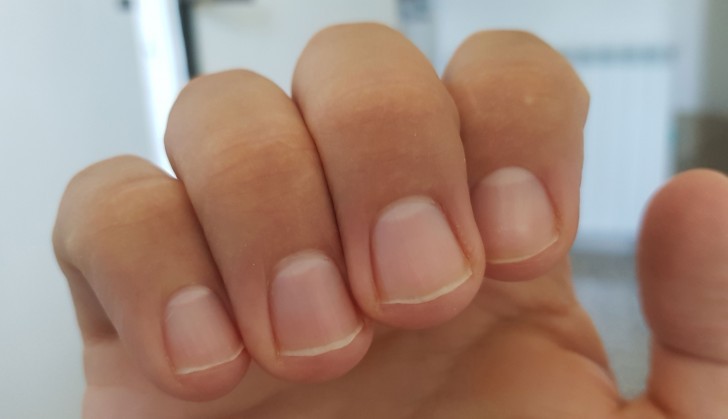
In fact, color is another distinctive and variable feature of lunulae. Usually, a healthy lunula has an ivory color.
If, however, this part of the nail tends to turn grayish, we could be faced with nutritional deficiencies.
Similarly, if the lunulae are purple, this color is associated with headaches or dizziness, and these symptoms can indicate circulation problems.
In general, we can say that, whenever an abnormal color of this part of the nail is noticed, it is useful to pay attention to any other correlated symptoms.
As always, given the complexity of the topic, we remind you that the information in this article is purely for informational purposes.
You need to take your health seriously and this is why it is essential to always consult your doctor when problems or anomalies appear.




